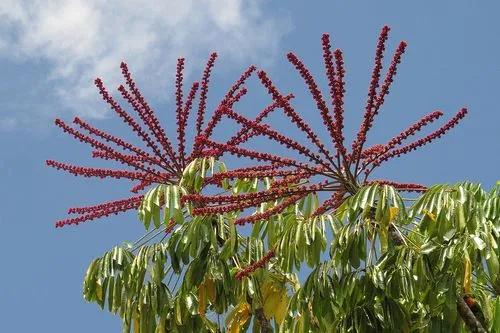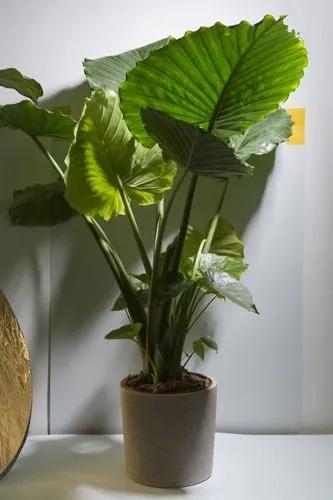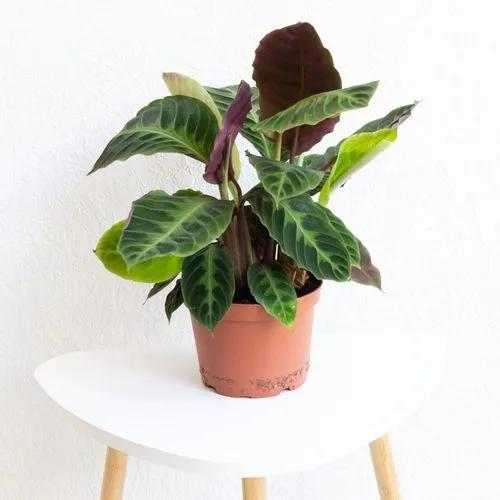This bold aloe naturally occurs in the dry grasslands of Mpumalanga, a rocky, hilly province in northeastern South Africa. In its native area, it is quite rare but easily distinguished by its smooth, blue-green leaves and erect, orange-red flower spikes that are produced in the summer. Unlike many other desirable garden aloes, this one is tolerant of limited frost.The thick, waxy leaves of Reitz' aloe are smooth but edged with slightly barbed teeth that are sometimes reddish brown. They are evergreen, succulent and green with bluish green glaucous surface wax. Its tall candles of orange-red and orange tubular flowers are produced in summer and pollinated by sunbirds in South Africa. North American grown specimens will be visited by hummingbirds. Plants must be mature before they bloom, so it takes years before flowers appear.Full sun and porous soil with perfect drainage are needed to keep this plant healthy and happy. Locations with milder summers and low humidity are also most suitable. This is a wonderful garden aloe for southwestern gardens, particularly those in southern California. Reitz' aloe can also be grown as a container specimen or houseplant if provided well-drained growing medium for cacti and bright sun. To encourage faster growth, mild but frequent fertilization during the growing season can be useful for older or pot bound plants. This aloe is easy to propagate from seed.
Reitz's Aloe Care
Aloe Reitzii



How to Care for the Plant

Water

This species requires regular water in summer, but is dormant and needs very little water in winter. Keep dry in winter or when night temperatures remain below 10° C. Water it less than average if in bigger pots.

Pruning

Removal of old flower stalks.

Fertilizer

Feed them during the growing season with a fertilizer specifically formulated for cactus and succulents (high potash fertilizer with a dilute low nitrogen), including all micro nutrients and trace elements diluted to ½ the strength recommended on the label. They thrive in poor soils and need a limited supplies of fertilizer to avoid the plants developing excess vegetation, which is easily attacked by fungal diseases.

Sunlight

It enjoys light-shade. It may be grown in full sun too but protect in summer from afternoon sun, and avoid reflected heat. It will do its best with some sun and become stressed with inadequate light which could result in poor growth and unnatural shape. Leaves given ideal light conditions (direct sunlight) turn a lovely red and orange, they tend also to turn red with low water and cold situations, a sign generally associated with stress.

Soil

Grow it in an open sandy-gritty cactus compost. Needs good drainage.

Temperature

It likes warmth (recommended minimum winter temperature 5° C) however plants kept perfectly dry can can survive low temperatures, approx. -2° for short periods, but for safe cultivation it is best to avoid freezing temperatures.

Container

It needs a relatively shallow pot to accommodate its fibrous roots and provide a very good drainage. It may stay in the same pot for many years.

Popularity

38 people already have this plant 13 people have added this plant to their wishlists
Discover more plants with the list below
Popular articles






